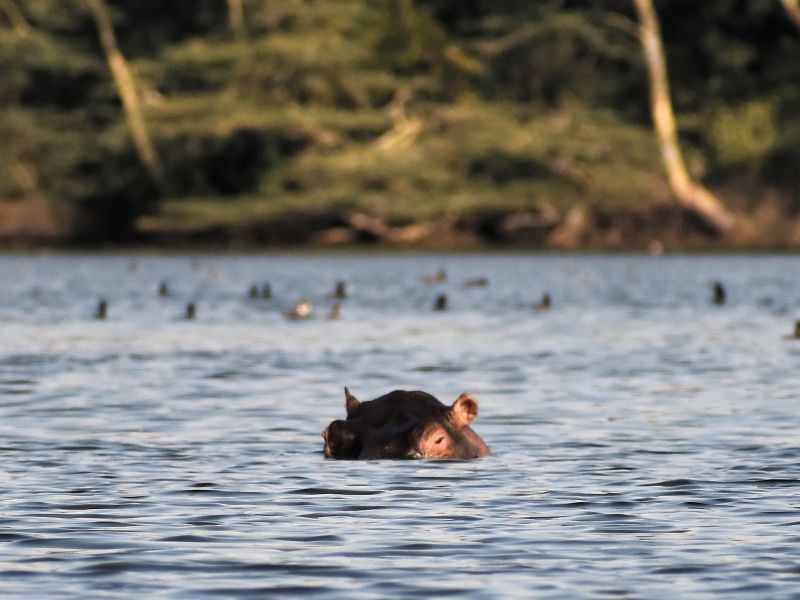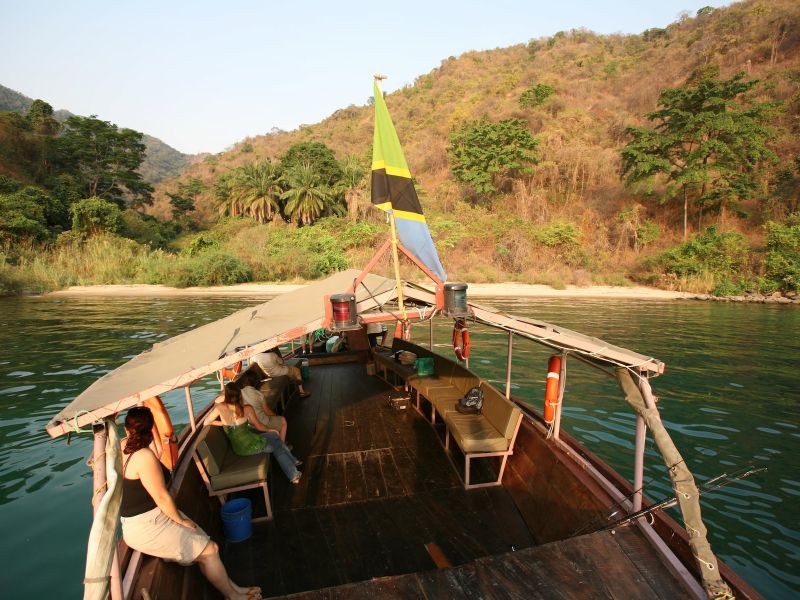
Katavi National Park
African wilderness as it is in the book
Vast swamps and grasslands, dense forest, shrubland, lakes and rivers: Katavi National Park is the right place for anyone who loves a change of scenery. Hippos, crocodiles and many other animals also seem to like it here.
Connoisseurs describe Katavi National Park as the “African wilderness” par excellence!
The park, which is somewhat remote in the southwest of Tanzania, was established in 1974. Before that, it was an animal reserve. Originally it covered a little less than 2000 square kilometers, but in 1996 it was enlarged to around 4500 square kilometers. It is now one of the largest parks in Tanzania.

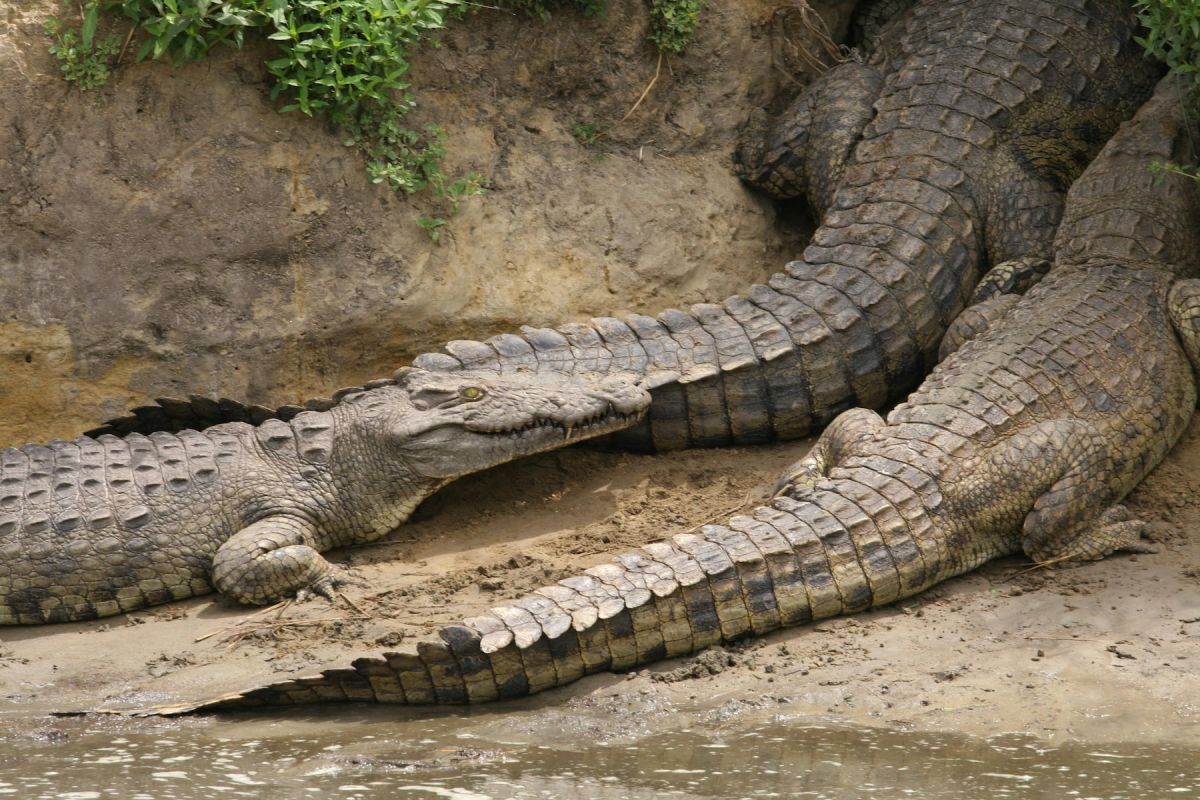
Crocodiles, elephants, giraffes and more
A considerable part of Katavi National Park is covered by dense Miombo dry forest. This provides welcome shelter for shy antelopes. The park also consists of vast grass and shrub savannahs. The flood plains and floodplains are particularly interesting for wildlife watching. Especially in the dry season between June and October, thousands of elephants, large herds of giraffes, zebras, leopards, cheetahs and lions can be observed here.

Spectacular hippos
Katavi National Park is also home to around 400 bird species, including a wide variety of water birds such as pelicans, storks and ducks. The savannahs are also home to wild hippos and crocodiles. Despite the diverse “wildlife” in the park, the gathering of hundreds of hippos remains the most spectacular experience here: Towards the end of the dry season, more animals come together at once than anywhere else. They crowd into the pools of the river with a roar. Heated territorial battles between the hippopotamus bulls are inevitable, with the losers simply having to give way.
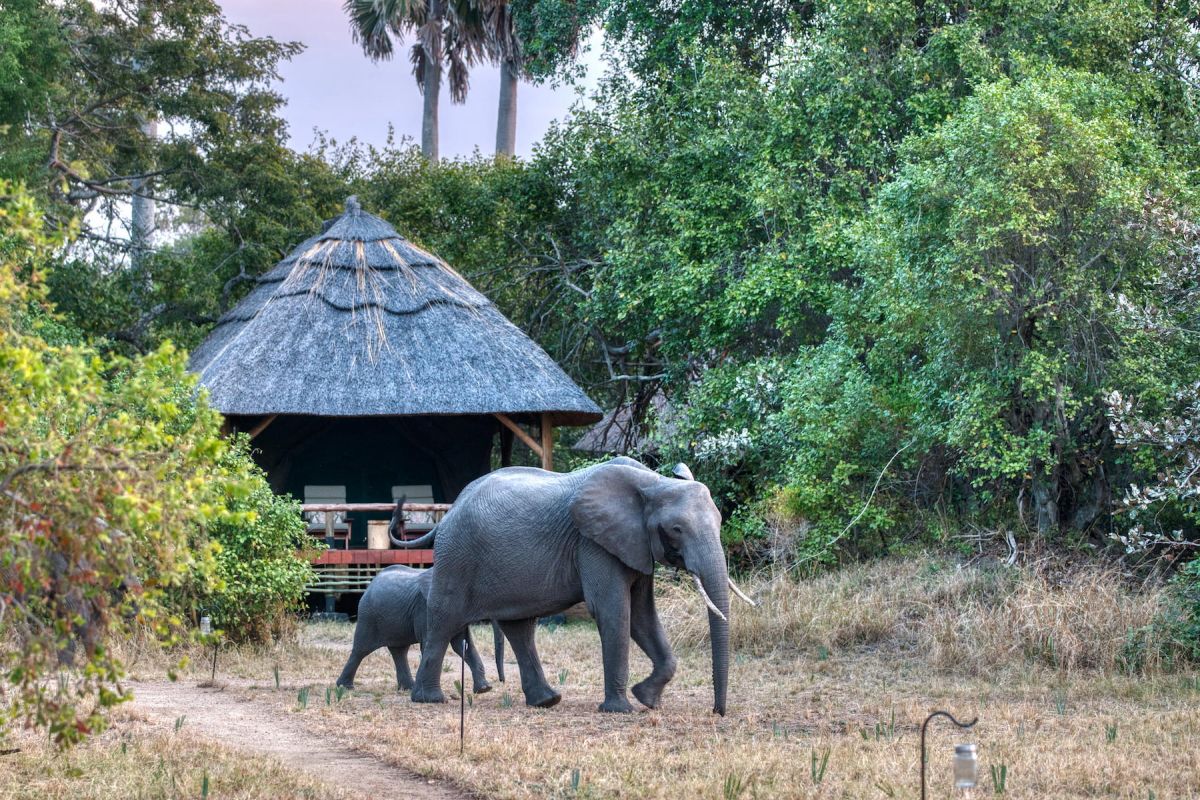
Undisturbed wildlife
Katavi National Park is located in the west of the country, around 40 kilometers south of Mpanda, slightly south-east of Mahale Mountains National Park. It is somewhat off the beaten track and is best reached by plane. It only attracts a few hundred visitors every year. However, they can experience the fascination of this untouched area with its lush flora and fauna completely undisturbed. The park can be visited all year round. However, it is best to visit during the dry season between June and October.
Interested? Twende Tanzania can advise you competently.
This is how it goes on
-
Describe your wishes
-
We plan your personalised trip together
-
Confirm your trip and pack your suitcase

The latest reviews (german & english)
More Tanzania’s National Parks & Nature Reserves


Saadani Nationalpark
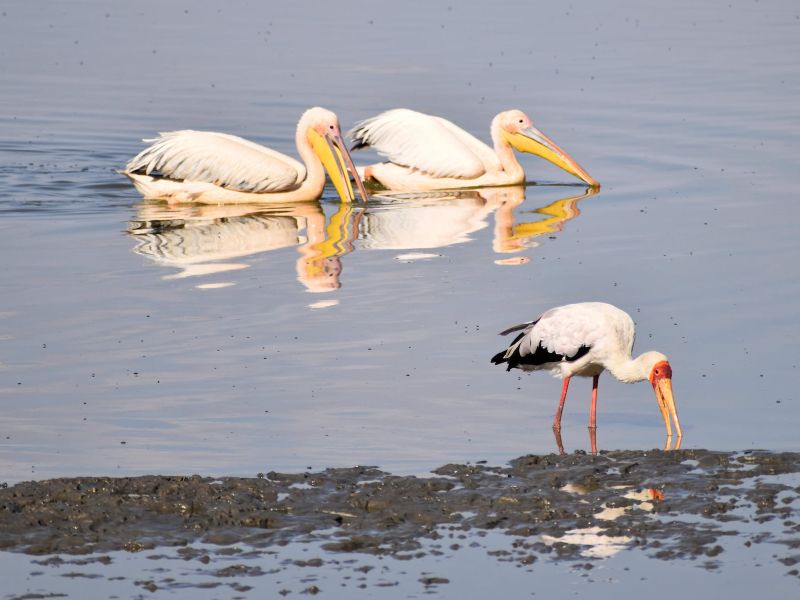
Lake Manyara National Park
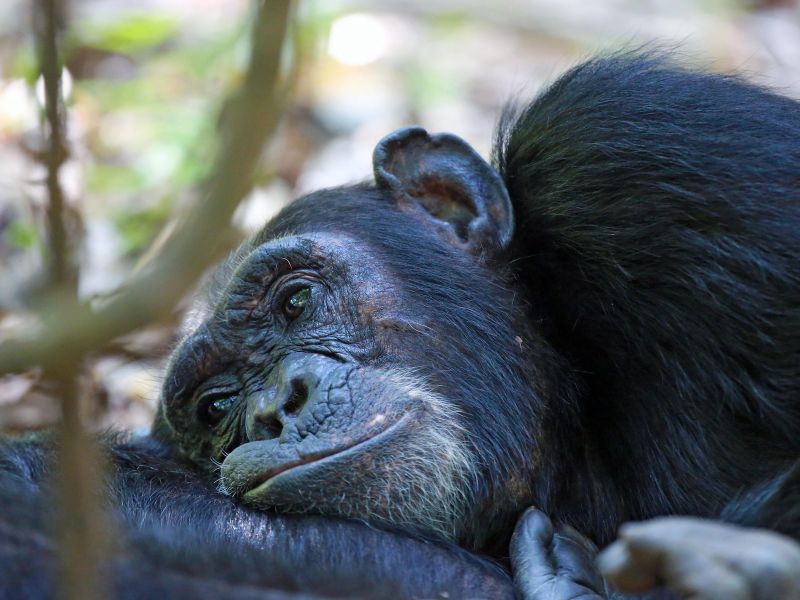
Gombe Nationalpark

Mount Kilimanjaro National Park
